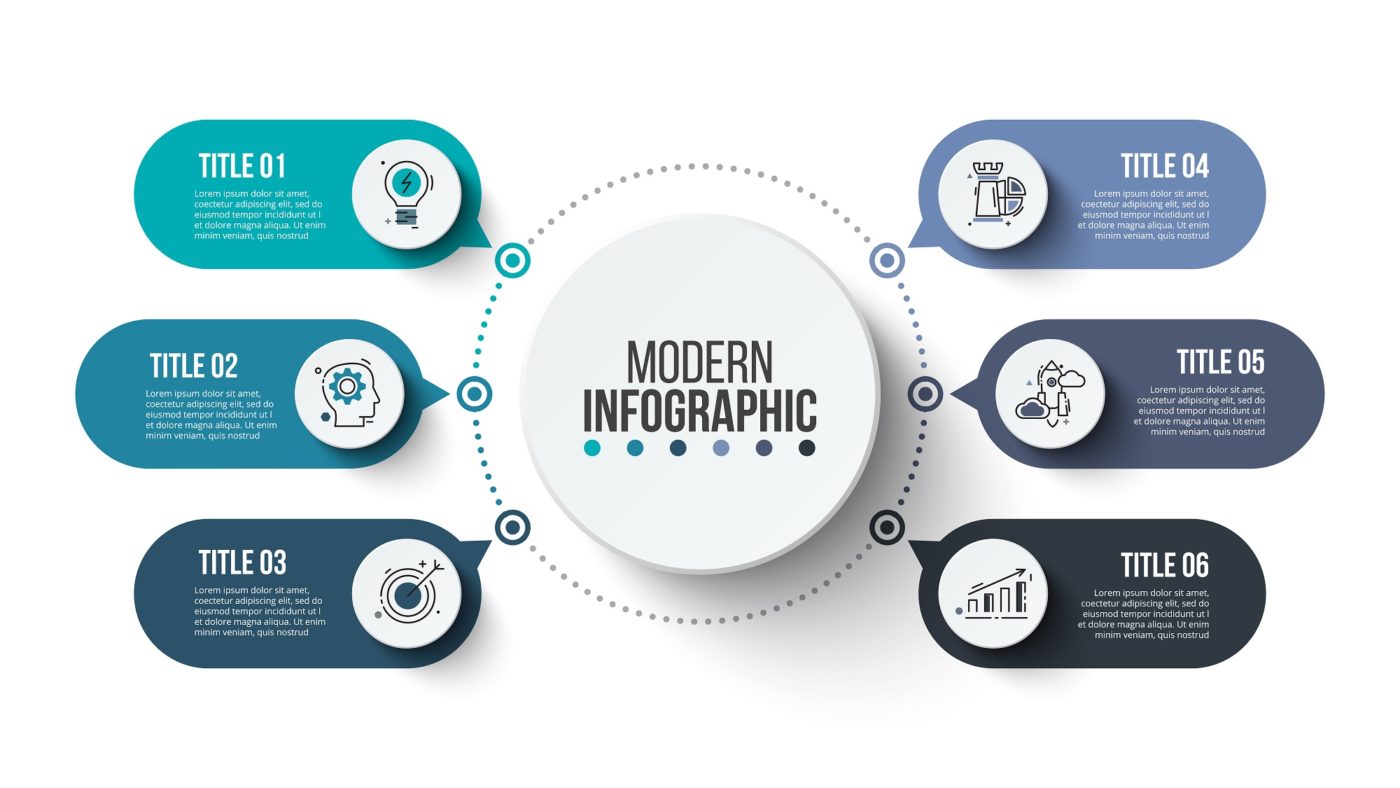Infographics work. In an age of information over abundance, lengthy blog posts and white paper bombardment, infographics are a wonderful change in pace and delivery. People absolutely love infographics for a number of reasons, and if your organization is not using them as part of your content mix you need to learn more about how this tool can make an impact in the efficacy of your online communication.
What is an infographic? It’s a trendy short form nickname for information graphics. Technically speaking the first infographics were created in 7500 BCE by cavemen but the scientific community coined the term “information graphics” when creating research and reports. Unless you are a paleontologist or a scientist, both forms of historical information graphics are a little boring and not particularly interesting to read.
The modern-day infographic refers to a specific type and style that has evolved to make information more palatable for fast paced learning and information sharing. Gone are the complicated charges and X and Y axis for the new breed of infographic has big pictures, lots of negative space and engaging pictures. Infographics make learning fun.
What kind of information can you present in an infographic? The good news is that the medium is flexible and versatile and lends itself to any information that can be organized into small bits of statistics. The goal is not only to have your audience read the information but to create a lasting impression with images so that they learn and re-share your communication. Infographics create call-to-action because they are easy to share and discuss. That’s a great thing for propelling your content through social media.
Want to see some cool examples? Visit Visual.ly where you can browse styles for your business, and connect to talented graphic designers around the world who specialize in visual data presentation for social sharing or blogging.
Software to Create Infographics
Not everyone is fortunate enough to have their own graphic designer in-house. If you are a small to medium-sized business you can find qualified graphic artists on freelance job sites such as Elance or Freelancer, and prices are generally affordable. However if you plan to use infographics on a regular basis (and you should) it’s best to sort out how to create them on your own.
Fortunately there are a number of software applications that can create template driven infographics. You will be amazed how easy it is to create your own in-house graphics with software that is drag-and-drop and very easy to use. My personal favourites arePiktochart ($49) and Infogr.am but there are many to choose from.
The Rules
The good news is that there really aren’t any rules when it comes to creating an infographic. A quick look and you will find hundreds of thousands of them online. But when you are browsing examples, make notes about the ones that you enjoy the most. Why did you like them? Were they effective at communicating the point? Did you enjoy reading them?
It’s important to remember that creating an infographic does not mean that someone will read it. It’s only as successful as the design of the graphical elements and the combination of key facts and statistics that are interesting to read. The infograph should have a point, or a thesis that is proved at the end of the presentation of facts like creating a story, and wrapping it up neatly at the end with your evidence based result.
Some quick tips for creating infographics that work.
- Use negative space. Do not crowd it with too many graphics that detract from the data.
- Do not over crowd the infograph with typography. If it’s too wordy, use an article or post instead.
- Charts, graphs, numerical data all lend themselves to fast reading and retention in the infograph format.
- Always watermark with your business name and website. Infographics get around. Let them work to increase your exposure online.
- Be creative. Be appropriately funny. The best infographics are entertaining to read and review. Have fun.
Add infographics to your structured content plan and make them work for you. Don’t forget to share them on some of the most popular infographic repositories and Pinterest to tap into new traffic and potential customers for your business.

